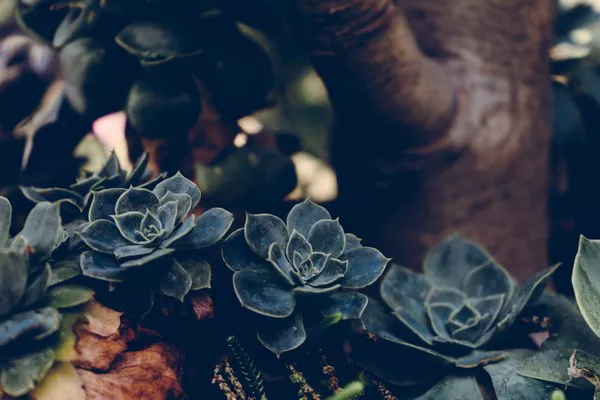Succulents, with their captivating beauty and remarkable ability to thrive in arid conditions, have become beloved additions to gardens, homes, and even office spaces. However, enthusiasts and growers may encounter a puzzling phenomenon known as “stretching” in their succulent plants. In this comprehensive article, we delve into the reasons behind succulent stretching, its causes, and practical measures to prevent or address this issue.
Defining Succulent Stretching
Succulent stretching, also referred to as etiolation, is the elongation of a succulent’s stem or leaves as it strives to reach for more sunlight. This growth pattern deviates from the characteristic compact and tight structure that succulents are known for.
Sunlight Scarcity: The Main Culprit
1. Insufficient Sunlight
Succulents are renowned for their ability to store water in their leaves, allowing them to survive in low-water environments. However, this adaptability comes with a caveat – succulents require ample sunlight to maintain their signature form. When a succulent doesn’t receive adequate sunlight, it initiates the stretching process to extend towards the light source.
2. Low-Light Indoor Environments
Indoor succulents placed in areas with insufficient natural light, such as far from windows or in dimly lit corners, are especially susceptible to stretching. Even if they seem to be surviving, their growth may become elongated and weak due to the lack of sunlight.
The Stretching Mechanism
Understanding the physiological process behind succulent stretching is essential to address the issue effectively:
1. Phototropism
Succulents exhibit phototropism, a natural response to light. When a succulent receives insufficient light from one direction, it elongates towards the light source in an attempt to maximize its sun exposure.
2. Internodal Elongation
During stretching, the gaps between the nodes (where leaves attach to the stem) increase, resulting in what’s known as internodal elongation. This creates a stretched, leggy appearance.
Preventive Measures
Preventing succulent stretching is more effective than correcting it. Here’s how to ensure your succulents maintain their compact form:
1. Optimal Sunlight Exposure
Position your succulents in a location that receives plenty of indirect sunlight. For indoor plants, choose a bright window where they can receive at least 6 hours of sunlight per day. Outdoor succulents should be placed in areas with morning sunlight and filtered afternoon light.
2. Rotate Regularly
To promote even growth and prevent one-sided stretching, rotate your succulents every two weeks. This ensures all sides of the plant receive equal sunlight exposure.
3. Choose the Right Varieties
When selecting succulents for indoor spaces, opt for varieties that are well-suited to lower light conditions, such as Haworthias or Snake Plants. These plants are less likely to stretch even in less-than-ideal lighting.
Addressing Stretching
If your succulents have already begun to stretch, there are steps you can take to address the issue and encourage healthier growth:
1. Pruning
Trimming the stretched portions of the plant can redirect its energy towards healthy growth. Use sterilized scissors or pruning shears to make clean cuts just above a node.
2. Propagation
Don’t discard the trimmed portions – many succulents can be propagated from cuttings. Allow the cuttings to dry and callus for a few days before planting them in well-draining soil. Over time, they will develop new roots and grow into new plants.
3. Repotting
If the entire succulent has stretched significantly, consider repotting it at a shallower depth. This encourages the plant to grow more compactly and develop stronger stems.
Reverting Stretched Succulents
In some cases, it’s possible to encourage a stretched succulent to revert to its more compact form:
1. Improved Sunlight
Place the stretched succulent in a location with abundant sunlight. Over time, with proper light exposure, it may begin to produce new growth that is more compact.
2. Be Patient
Reverting a stretched succulent requires time and patience. It may take several growth cycles for the plant to fully regain its original form.
Conclusion
Understanding why succulents stretch and taking proactive measures to prevent or address this phenomenon is essential for maintaining healthy and visually appealing plants. Providing the right amount of sunlight, choosing suitable varieties, and responding promptly to stretching can help you enjoy the true beauty and resilience of succulents. Remember that each succulent is unique, and learning to read its growth patterns and needs will enable you to create a thriving succulent garden or collection that brings joy and satisfaction for years to come.


